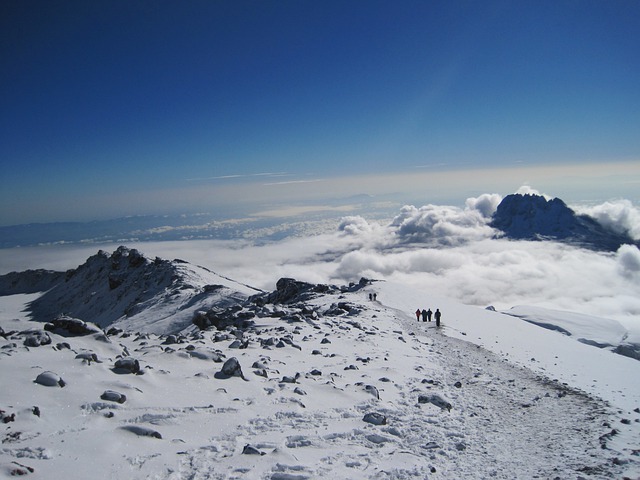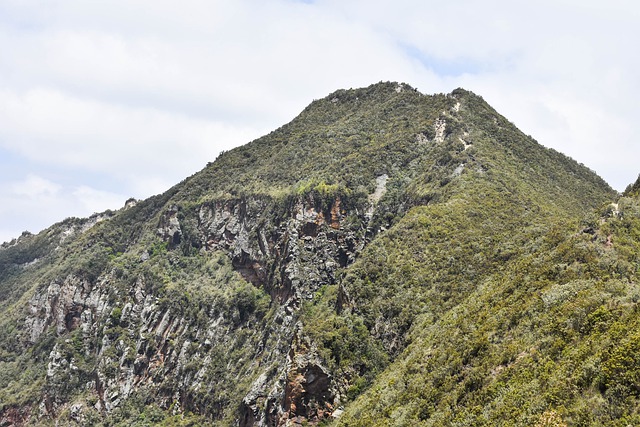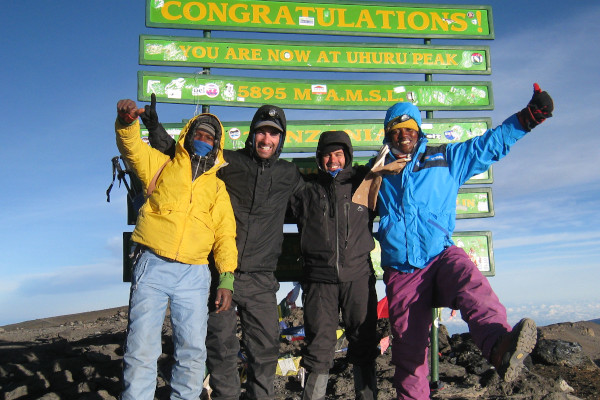According to reports and records of Tanzanian authorities, out of the 30,000-50,000 climbers each year, there is an average of 3-10 kilimanjaro deaths. The main cause of death on Africa's highest mountain is extreme cases of Altitude sickness.
Even though it is not a technical climb, Those planning to make the trek up Africa's tallest mountain need to have a healthy respect for the risks involved.
In this article, I discuss Mt. Kilimanjaro deaths and their causes. You shouldn't let this info put you off doing the hike but rather use it as a reminder to take all precautions ensure you have a safe climb.
Let's begin.
My Quick Takeaways:
Climbing Mount Kilimanjaro is generally safe, but it's essential to be aware of potential risks.
- Annual Fatalities: Approximately 3 to 10 climbers out of the 30,000 to 50,000 who attempt the ascent each year succumb to various causes, representing a mortality rate of about 0.03%.
- Primary Causes: The leading cause of death is severe altitude sickness, also known as acute mountain sickness (AMS). Other factors include pre-existing health conditions, such as heart issues, which can lead to fatal complications during the climb.
- Risk Mitigation: To enhance safety, it's advisable to opt for a 7 to 8-day route, allowing ample time for acclimatisation. This approach reduces the risk of altitude-related illnesses.
- Route Considerations: Certain paths, like the Western Breach, are more prone to hazards such as rock falls and have been associated with injury-related fatalities. Due to these dangers, many tour operators either discourage or do not offer climbs via this route.
While the overall risk is low, understanding these factors and preparing adequately can further ensure a safe and successful Kilimanjaro experience. Let's learn more.

Mount Kilimanjaro Deaths FAQs
How many people die on Kilimanjaro every year?
Around 3-10 people on average die on the slopes of Mount Kilimanjaro every year. Bear in mind that as many as 30,000 people climb Kilimanjaro every year, which means that this is only around 0.03%. The odds are statistically in your favour.

What causes people to die on Kilimanjaro every year?
Most Kilimanjaro deaths are caused by severe altitude sickness. Pre-existing health issues resulting in heart attacks also contribute to these numbers.
Climbers with pre-existing medical conditions should take extra care while trekking up Kilimanjaro and ensure they carry the necessary medication and a first aid kit in their backpacks.
Historically, the Western Breach route, which is more susceptible to rock falls, has resulted in injury related deaths on the mountain.
Because of this, this route is not recommended and generally not sold by operators.
Health Tip: In order to make your Kilimanjaro climb as safe as possible, you should book a 7-8 day route. That way, your body will have lots of time to acclimate properly to the higher altitude.
Is Mount Kilimanjaro safe to climb?
Mount Kilimanjaro is generally very safe to hike. While Kilimanjaro is the tallest mountain in Africa, general weather conditions aren't as severe as higher mountains.
Additionally, the mountain gradually slopes upwards, and doesn't require any technical climbing skills. This means that most people are able to reach the summit successfully regardless of age, weight or pre-existing medical conditions.
If you don't believe me, maybe these articles will convince you that Kilimanjaro deaths are in the minority:
Health Tip: When booking a trip to Tanzania, it's a good idea to first go for a health check-up at a clinic or hospital.
Be sure to also ask the attending doctor to check your heart for any underlying issues as climbing Mount Kilimanjaro is a strenuous activity.
Before attempting any mountaineering in the future, it is strongly recommend that you train beforehand for several months, with an emphasis on cardiovascular training.
What kind of conditions can I expect while climbing Kilimanjaro?
Mount Kilimanjaro has unique weather conditions and is split into four climate zones: Rainforest zone, Low alpine zone, High alpine zone and Glacial zone.
This means that the weather on Kilimanjaro can vary dramatically in 24 hours the higher you go, so it's better to always be prepared for the unexpected.
Like the rest of Tanzania, Mount Kilimanjaro also experiences a wet season and a dry season.
I recommend that you avoid hiking Kilimanjaro during the wet seasons (April - May) as the mountain routes can get very slippery and visibility is compromised by heavy cloud cover, which can make injury and possible Kilimanjaro deaths strong possibilities.

How can I stay safe while climbing Kilimanjaro?
There are a few ways to stay safe while climbing Kilimanjaro and not becoming a tragic mountain statistic:
- Dress warmly to avoid getting hypothermia. Make sure you also use a reputable tour company which ensures their porters also dress warmly so they don't get sick while carrying your gear.
- Drink lots of water. Dehydration is a stark reality on Kilimanjaro and can cause illness and death, so make sure that you stay hydrated during your climb.
- Climb slowly. The best way to succumb to altitude sickness is to climb Kilimanjaro too quickly without giving your body proper time to acclimatise to the high altitude and reduced oxygen levels. As the tortoise demonstrated in the famous English fable, 'slow and steady' ( pole pole in Swahili) is the best way to win the race.
- If you start feeling sick, tell someone right away. Your guides or porters will be able to advise you on the best solution. If they advise you to descend the mountain, listen to them. Reaching the summit isn't worth your health - or your life.

Plan your Kilimanjaro trek
Get a quote from my recommended local Kilimanjaro operator
My Final Thoughts
Thanks for reading my article on Mount Kilimanjaro Deaths! Don't let the statistics or ghost stories stop you from enjoying a memorable experience on the Roof of Africa.
The best ways to prepare for Kilimanjaro and stay safe while you climb is doing your research, training your body and mind, and taking it nice and slow on the way up.

Hi!
Thank you for sharing this. I have just returned from Tanzania (and climbing Kilimanjaro) and am writing about my experience. I appreciated your blog but would love to know where you got your data. Would you mind sharing that with me? I also welcome any information about the demographics of who is climbing Kilimanjaro each year.
Thanks in advance!
Christyanne